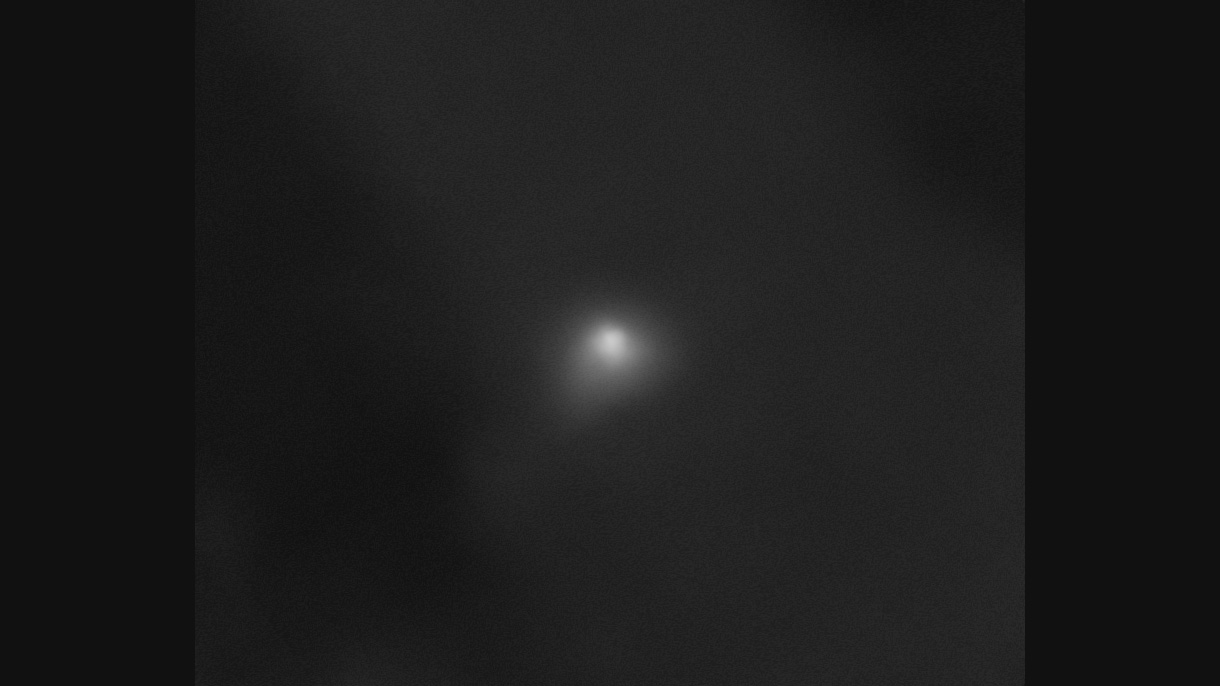Todd J. Barber, Cassini lead propulsion engineer
It's been nearly two weeks since a frenetic 9/11/2007, a day punctuated by the first Cassini spacecraft safing in over four years, a lightning-quick recovery of Iapetus science data, and the first surreal images at high-resolution of this oddball Saturnian moon. In a new twist for this column, I decided to interview my boss, the Cassini Spacecraft Operations (SCO) Team Chief, Julie Webster, about her thoughts and feelings on the first spacecraft safing since 2003. She took time to reflect on a few truly remarkable weeks on Cassini.
In Julie's words, this "was one of the quickest recoveries of science data ever." She also offered great praise to the entire team and the good folks at NASA's Deep Space Network (DSN). Within ten minutes of Cassini autonomously placing itself on Earth-point with the high-gain antenna, the razor-sharp DSN team in Madrid, Spain locked on the faint whisper of a signal from our Saturn-bound friend. This was no small feat, particularly given that the giant 70-meter (230-foot) antenna, DSS 65, was supporting on a best-efforts basis only, having just returned from service following bearing maintenance. Their swift response enabled Cassini engineers to diagnose the fault within an hour and uplink commands to resume the playback of Iapetus science data. This was particularly challenging given the long one-way signal time from Earth to Cassini, an agonizing 85 minutes due to Cassini's location roughly behind the sun as seen from Earth.
Julie commented that the test and training efforts of her team, many of whom have been with the project since before launch nearly ten years ago, were the enabling factor for this rapid recovery. In a coincidence of, well, cosmic proportions, the team rehearsed recovery from this very fault a year ago as part of an Operational Readiness Test (ORT). Julie picked this specific fault precisely because it was so onerous, with many decisions to be made, hardware swaps to entertain, etc. As Julie noted, it took five days of meetings last year just to develop the strategy! Without the test and training effort last year, the flight team might have flailed for days to recover the spacecraft, and the visual gems filling our screens during the Iapetus encounter event during lunchtime on 9/11 would have been remained in the electronic ether. Throughout the chaos of the last few weeks, I must say it was a special treat to sit and relax in the boss' office for a few minutes, chatting about our remarkable robotic explorer and its very dedicated flight team.


































